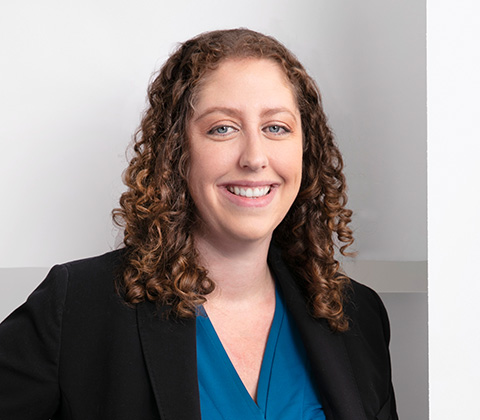
Put it in Practice October 2022: Monthly Tips for Florida WC Professionals
SUBROGATION AND THIRD-PARTY LIENS
While workers’ compensation is the exclusive remedy for most on-the-job injuries, an injured worker can also file against a negligent third party that caused them harm. And, that can be good news for the WC carrier.
For instance, a claimant may file against the non-employee driver or vehicle owner who caused a motor vehicle accident, or against the manufacturer of a defective device that leads to injury on the job, or the owner or lessor of non-employee premises.
What you may not know is the WC Carrier has a lien against the proceeds of any settlement the injured worker may receive and the EC can even sue directly in subrogation (Fl. Stat. 440.39)
Follow these steps to ensure the best recovery against a third-party claim:
- Alert subrogation department of potential or actual third parties who could be found negligent.
- Send notices of subrogation lien to the suspected third parties, the injured worker, their attorney, the insurance company and any other involved parties.
- Cooperate with employees, employers and attorneys in investigating and prosecuting potential claims.
- Advise all parties to maintain evidence, i.e.; not to discard the defective product or video of the accident.
- If an actual lawsuit exists, file notice of payments of compensation and medical benefits with the Court.
- Provide regular payout summaries to keep all involved updated on total expenditures.
The carrier may be entitled to recover past claim costs (medical and indemnity) and some or all of future claim costs. The percentage is based on the Manfredo Formula, which is [Actual recovery minus fees and costs] ÷ Full value of the claim = % recovered.
Let’s say the full value of a claim was $500,000, the injured worker recovered $400,000 and there was a $100,000 attorney fee. In that case the percentage would be $300,000 ÷ $500,000, or 60%. Sixty percent recovery of the carrier’s past and future medical and indemnity expenditures could be huge!
It is the injured worker’s burden to show they did not get their full recovery. If the parties can’t agree on a percentage, it will be up to a circuit court judge to determine the appropriate percentage.
If you have questions about this topic, we are happy to help. Please feel free to reach out to one of us at HR Law and we will guide you through it. This month’s author is Kate Albin kalbin@hrlawflorida.com